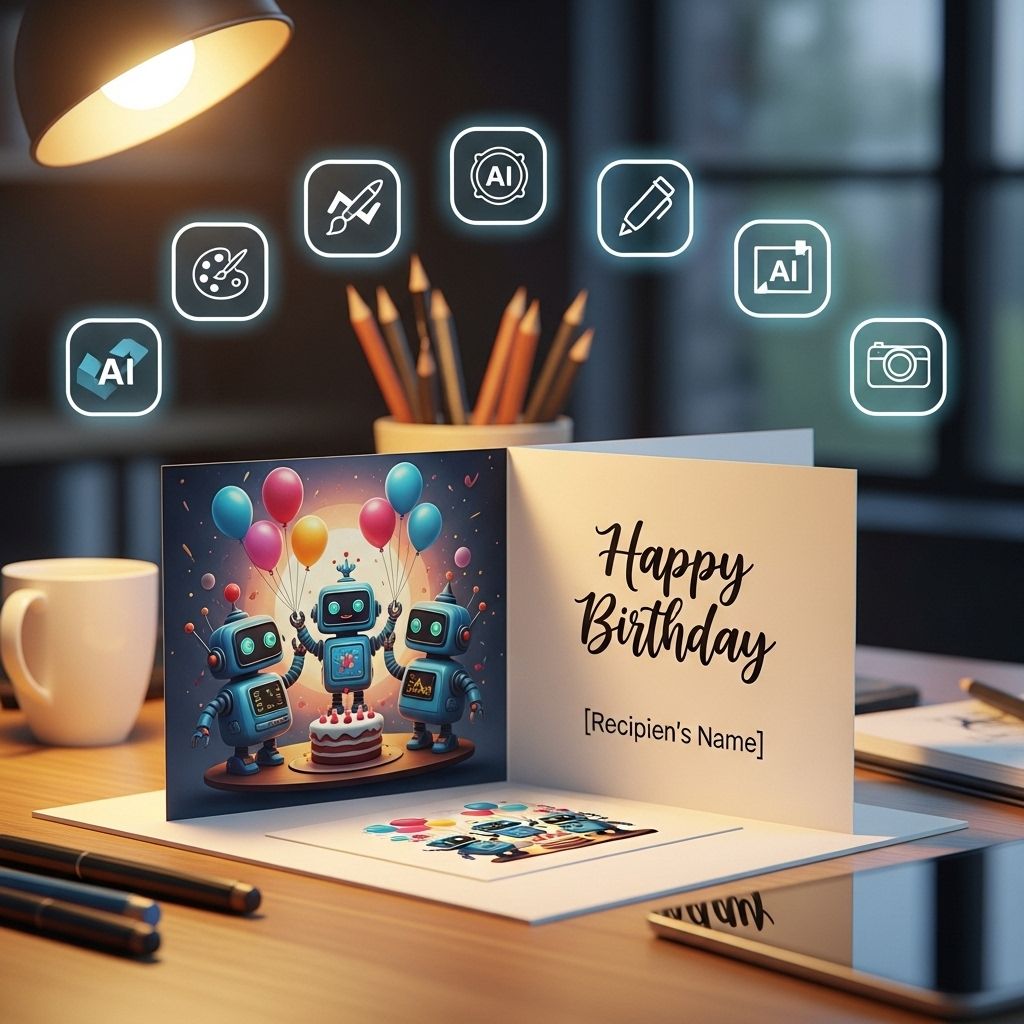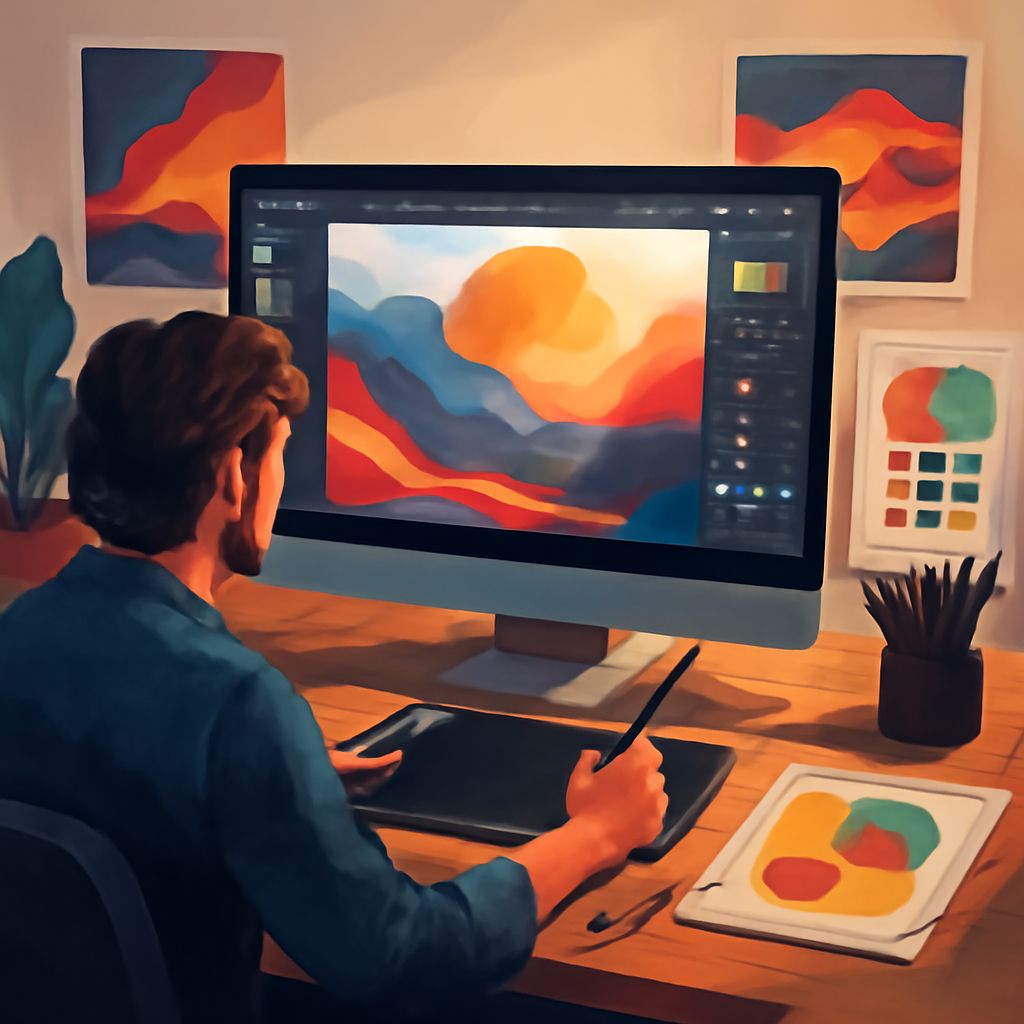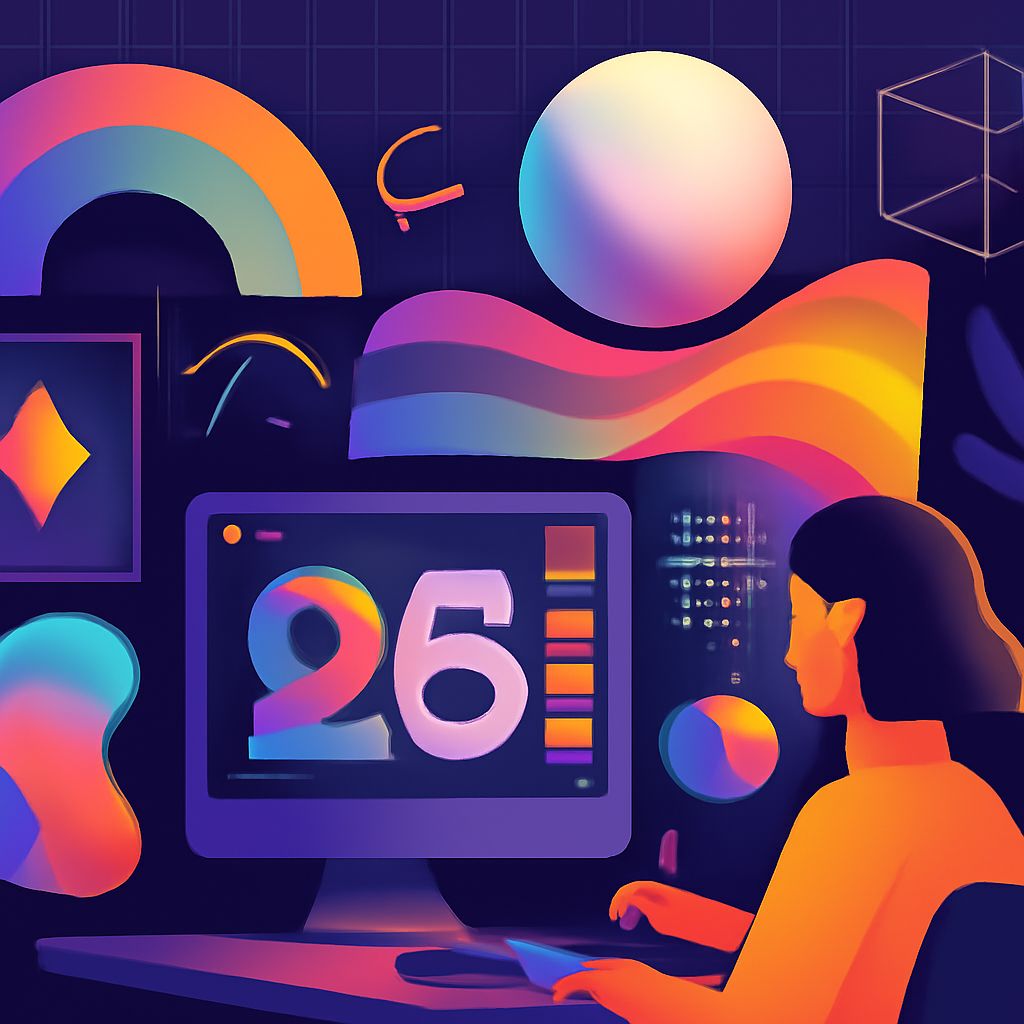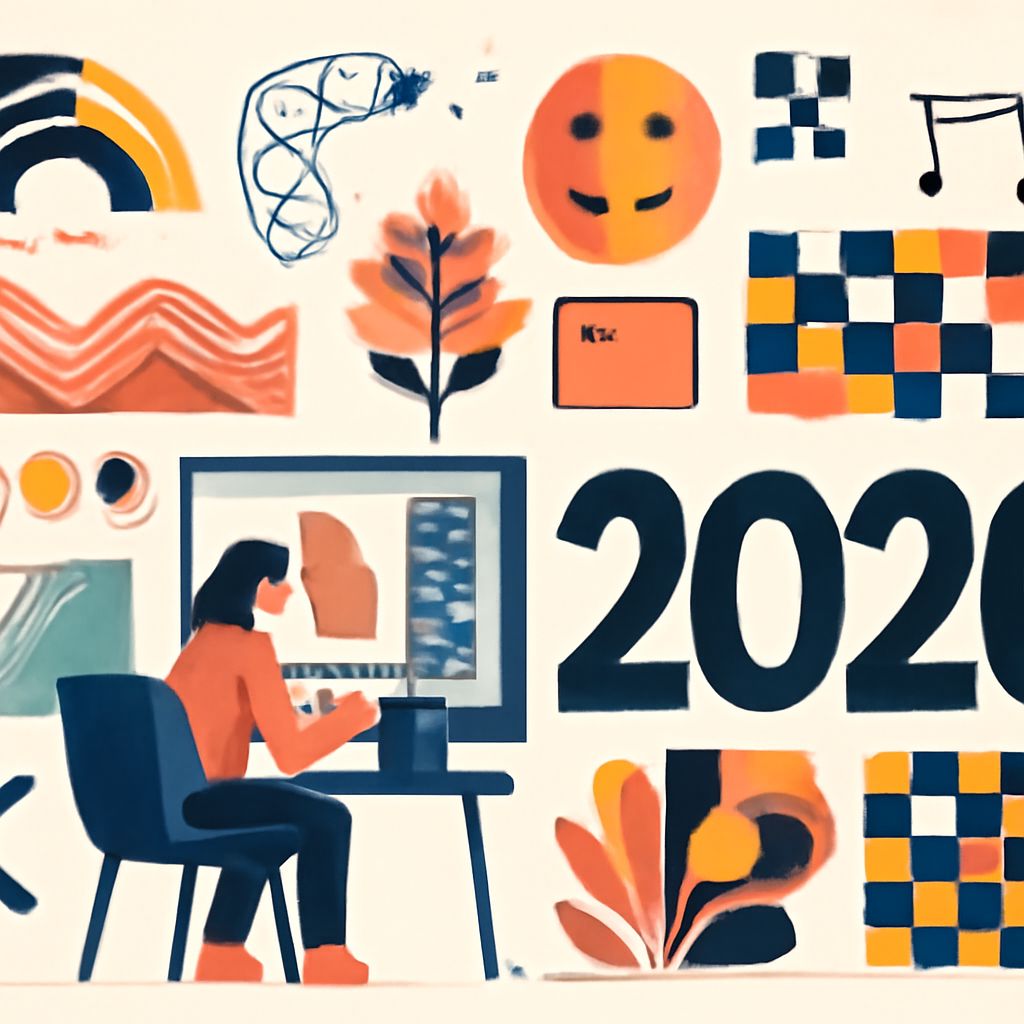Top 5 3D Logo Design Trends to Watch in 2025
Explore the top 5 3D logo design trends for 2025 and stay ahead in the competitive design landscape with innovative insights.
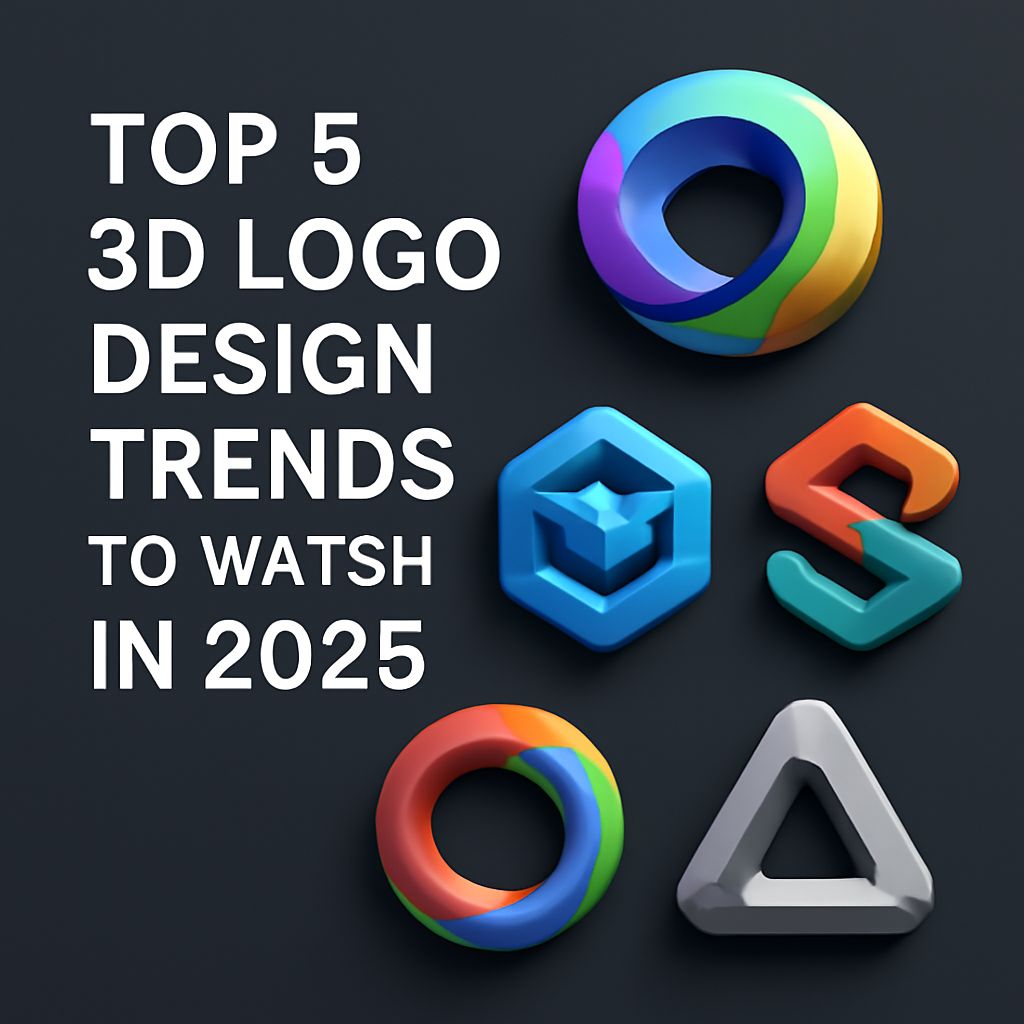
Table of Contents
Introduction
The world of logo design is in a constant state of evolution, influenced by technological advancements, cultural shifts, and changing consumer preferences. As we approach 2025, a new wave of 3D logo design trends is set to emerge, offering companies innovative ways to create memorable brand identities. This article explores the top five 3D logo design trends to watch in 2025, highlighting their significance and potential applications in branding.
1. Bold and Vibrant Colors
In an age where visual content is paramount, color plays a crucial role in capturing attention and conveying brand identity. In 2025, we can expect to see an increase in the use of bold and vibrant colors in 3D logos. These colors not only enhance visibility but also evoke emotions and create a sense of dynamism.
Key Features:
- Bright, saturated hues that stand out against backgrounds.
- Color gradients that add depth and dimension.
- Strategic color combinations that reflect brand personality.
For example, companies in tech and entertainment may adopt a neon color palette to evoke innovation and excitement, while health brands might use earthy tones to express reliability and calmness.
2. Minimalist 3D Elements
While bold colors will dominate the landscape, minimalism is also making its mark in 3D logo design. The trend toward simplicity emphasizes clean lines and straightforward shapes, allowing logos to communicate messages without unnecessary embellishments. This approach ensures that logos are easily recognizable and scalable across various platforms.
Key Features:
- Use of geometric shapes and clean lines.
- Focus on negative space to enhance visual impact.
- Streamlined designs that prioritize clarity.
Brands may leverage minimalist 3D designs to convey sophistication and elegance, appealing to a modern audience that values clarity and directness. As brands aim to create a lasting impression, minimalist designs can achieve this by being memorable and timeless.
3. Dynamic Motion Effects
With advancements in digital technology, the incorporation of motion effects in 3D logos is set to rise. These dynamic elements can enhance user engagement and create a more interactive brand experience. Motion can signify movement, progress, and growth, making brands feel more alive and connected with their audience.
Key Features:
- Subtle animations that enhance brand storytelling.
- 3D depth effects that create a sense of immersion.
- Interactive elements that respond to user actions.
For instance, a logo for a fitness app might animate to show movement, while a travel company could incorporate subtle shifts in their logo to evoke the idea of exploration and adventure.
4. Organic Shapes and Natural Forms
As sustainability continues to be a prevalent theme in society, organic shapes and forms are anticipated to gain traction in 3D logo design. These naturally inspired designs often evoke feelings of authenticity and connection to nature, aligning brands with eco-friendly values.
Key Features:
- Fluid, curvilinear shapes that mimic natural elements.
- Textures that resemble organic materials such as wood or stone.
- Designs that reflect harmony with the environment.
Brands focused on sustainability, such as eco-friendly products or outdoor gear, can utilize organic shapes to resonate with their audience’s values and reinforce their commitment to the planet.
5. Augmented Reality Integration
As augmented reality (AR) technology becomes more accessible, brands are increasingly exploring ways to integrate AR with their logos. This trend opens new avenues for interaction and engagement, allowing users to experience logos in a multi-dimensional way that transcends traditional design limitations.
Key Features:
- 3D logos that come to life through AR applications.
- Interactive experiences that allow users to engage with the brand.
- Enhanced storytelling through immersive visuals.
For example, a retail brand might allow customers to scan their logo with a mobile device to unlock exclusive content or promotions, creating a memorable experience that fosters brand loyalty.
Conclusion
As we move into 2025, the landscape of 3D logo design is poised for exciting advancements. The trends highlighted in this article—bold colors, minimalist elements, dynamic motion, organic shapes, and augmented reality integration—create a roadmap for brands looking to refresh their identity in the digital age. By adopting these trends, companies can ensure their logos remain relevant, engaging, and representative of their unique values. Staying ahead of design trends is essential for building a strong brand presence and connecting effectively with audiences in an ever-evolving marketplace.
FAQ
What are the top 3D logo design trends to watch in 2025?
In 2025, the top 3D logo design trends include dynamic motion logos, minimalistic 3D shapes, vibrant color gradients, augmented reality integration, and eco-friendly designs.
How will dynamic motion logos impact brand identity in 2025?
Dynamic motion logos will create a more engaging brand identity by enhancing visual storytelling and capturing audience attention through animated elements.
What role do color gradients play in 3D logo design trends for 2025?
Vibrant color gradients will add depth and dimension to 3D logos, making them visually appealing and helping brands stand out in a competitive market.
How can augmented reality enhance 3D logos?
Augmented reality can bring 3D logos to life, allowing consumers to interact with them in a virtual space, thereby creating a memorable brand experience.
Why is minimalism important in 3D logo design for 2025?
Minimalism in 3D logo design promotes clarity and simplicity, ensuring that logos are easily recognizable and effective across various platforms.

